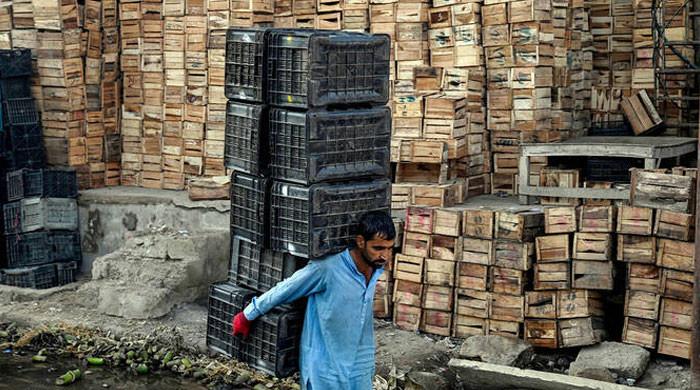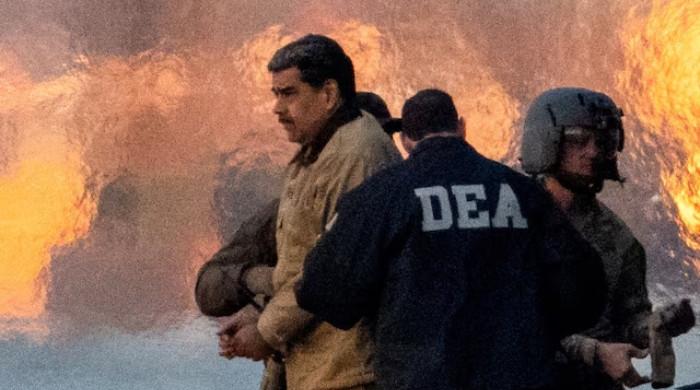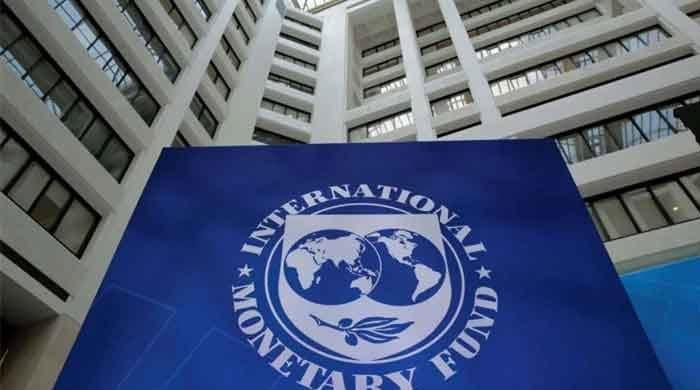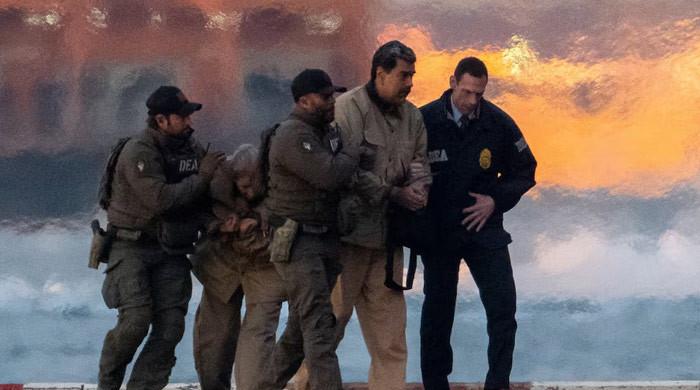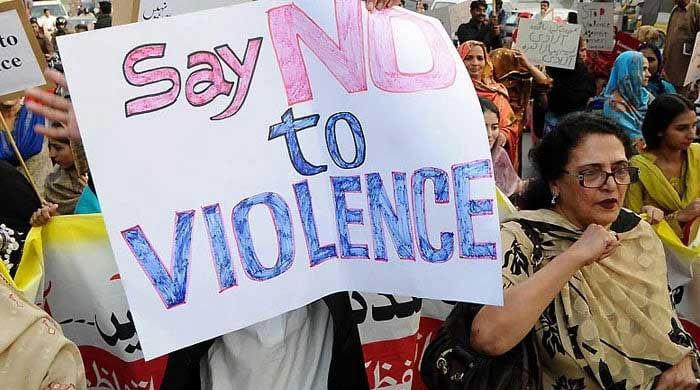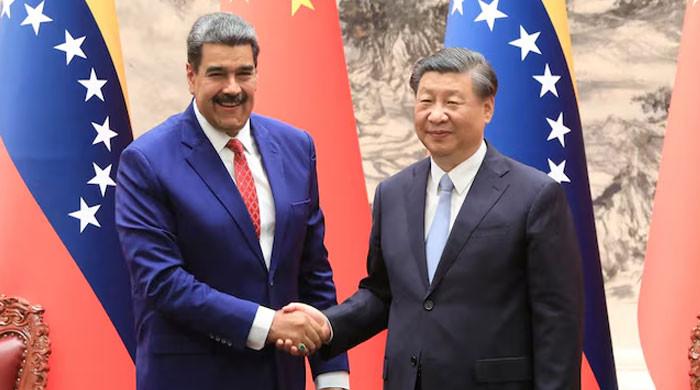Moving towards a $1 trillion economy
With the easing of security threats, it’s time to change the ruling model to a reform based model
March 08, 2020
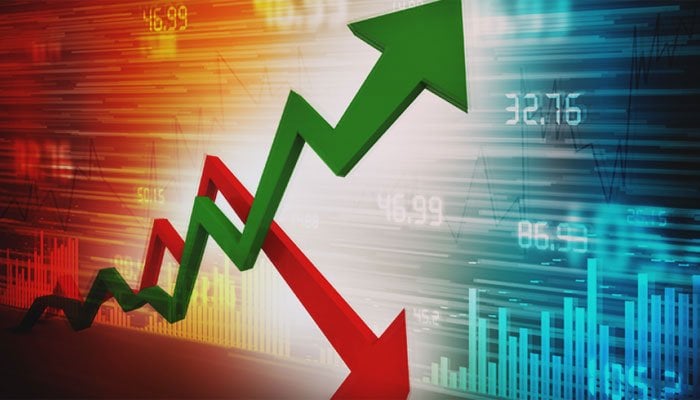
With a belligerent neighbour pushing forward its extremist agenda, the current Pakistani economy cannot be a bulwark against it for long. The challenges for the only Muslim nuclear state are increasing day by day as new power blocks, based on religious and racial supremacy, emerge throughout the world. To preserve nuclear defence capability with a faltering economy is a huge concern for Pakistan.
India was able to carry out its Balakot misadventure and annexed Kashmir due to the confidence it has in global politics and a $3 trillion economy. In only seven years, the Indian economy has moved from Number 11 to Number 5 in global rankings. India has also received foreign investment worth $319 billion in the last six years, which is 50% of all foreign investment it got in the last 20 years.
India’s foreign reserves are over $450 billion with an aim to become a $5 trillion economy by 2025 and reach the $10 trillion mark by the start of the 2030s. Although, the Indian economy has slowed down recently due to implementation of the Hindutva agenda, global interest is most likely to shore up its growth.
President Trump only last week talked of a 100-year partnership with India. Amazon CEO Jeff Bezos, during his recent India tour said, “India-USA will be the greatest partnership of 21st Century”. Other economic blocks and countries are also engaged with India for expansion of business ties. The new-found wealth and future potential also allows India to upgrade its defence arsenal with Rafael Jets, missile systems and moon missions.
To counter this existential threat, Pakistan needs to reshape its ruling model very fast. The economy needs to grow at 10% per annum for a decade, at least, to become a $1 trillion economy. This is the minimum required to offset the losses that Pakistan had to face in the last decades from the spillover effect of the Afghan wars.
With the easing of security threats, it’s time to change the ruling model to a “soft power” with a dialogue and reform based model. Due to security concerns and facing hostile enemies, the state has overextended its role in different spheres. It’s time to sit back, nourish and unleash the power of the people. The following is needed for Pakistan to become a $1 trillion economy.
Political stability
In the above context, the situation demands that tensions ease between the ruling party and opposition, and dialogue should be launched to develop consensus on issues confronting the nation.
First of all, the parties should develop a consensus on the rule of law with due process, and end the ongoing witch hunt via the National Accountability Bureau.
Political engineering should be shunned and replaced with respect for the ballot. A dialogue should ensue on the best possible conduct of all elections by its local bodies, by-elections or national elections. The power brokers and referees need to reorient and facilitate this dialogue for the national good.
The opposition should also play its role in assemblies and government should engage with opposition in a healthy interaction. A consensus is also needed against politics that breeds conflict of interest. Pakistan has given a lot of respect and recognition to all involved and situation demands sagacity, tolerance and interaction.
Growth-led finance, trade and investment
Due to the balance of payments crisis, Pakistan has again ended up approaching the IMF for its 13th bailout programme since 1980. However, given Pakistan’s need for growth and strategic requirements, the IMF programme is not the solution.
Turkish President Recep Tayyip Erdoğan opted against a $35 billion IMF loan in 2008 and embarked on a growth-led model. Malaysia, Singapore and others have also developed a similar approach. India has only once approached the international lending institution since the 1980s.
The PTI-led government’s financial strategists need to unshackle the economy from the IMF constraints and convince the IMF board about its growth requirements. Low growth has led to massive layoffs in different sectors and reduction of sales and income. Pakistan’s savings and investment to GDP ratio is half of the 30% mark achieved by India, Bangladesh, China, Vietnam, and other economies that have blossomed in the recent past.
With one of the highest interest rates in Asia and a decline in large scale manufacturing, it’s impossible to achieve an economic turnaround. Pakistan has recently secured GSP Plus status from European Union till 2024. Islamabad has also signed a good Free Trade Agreement with Beijing and FTAs with other countries are under negotiations, so preferential market access is available.
Pakistan has a decent industrial base and zones but a good operating environment is needed. Most of the industry is agriculture based which generates around 40% of employment as well. Lack of focus and costly inputs have marred the agriculture sector which needs to be revitalised.
Another major issue is the revival of around 190 state-owned enterprises (SOEs) which make up almost 40% of the GDP. Their annual losses are nearing Rs 200 billion against a profit of nearly 190 billion in 2013-14.
Their debt and liabilities are over Rs1 trillion and the government spends over Rs 600 billion each year to keep them afloat. Biggest losses are in the power sector, PIA, Railways and Steel Mills and it is a huge challenge for the PTI government to stop the losses and turn the SOEs around.
Pakistan has over 75 million 3G/4G broadband subscribers and its freelancers earn fourth-highest IT revenues in the world. It’s another sector which needs better political leadership and further incentives. The housing and construction sector needs immediate revitalisation as well, which has been hit very hard due to the economic slowdown.
Turnaround of power sector
The circular debt in the power sector is nearly Rs 2 trillion now against Rs 1.1 trillion when the PTI government took over. Prime Minister Imran Khan has held back to back meetings in the last few weeks to stem the circular debt and some very strong decisions are needed.
Private sector receivables have doubled in the last seven years to over Rs 500 billion, debt liabilities are now over Rs 800 billion mainly due to devaluation and IPP dues are close to Rs 700 billion. The government has to restructure the power holding debt, renegotiate capacity charges with IPPs, improve receivables from the private sector and achieve targets for renewable energy.
India has successfully converted almost all of its Rs 3 trillion debt in the power sector into long-term bonds. India gets nearly 20% of its power from renewable sources due to its cheaper cost whereas we get around 5%.
As per Mckinsey, by 2035, over 50% of global power demand will be met from renewables. Unfortunately, Pakistan has slipped to number 36 in the global rankings of 40 countries in the latest Nov 2019 ranking of Renewable Energy Country Attractive Index.
Judiciary and media
Better handling of these two very important segments of society is needed which have a very crucial bearing on the realisation of national objectives. Judicial reforms can clear the backlog of hundreds of thousands of pending cases and should be supported.
A case against a serving senior supreme court judge has led to unnecessary friction between all concerned. On the other hand, if we look at the media, Pakistan is way down in global press freedom index and operates way behind its potential to generate the right sentiment for the national economy and provide access to the masses.
The Indian media can reach 90% of households due to digitisation of cable and DTH TV services, while in Pakistan it is less than 40%. Better regulatory oversight, pro-investment and expansion policies are needed for the growth in this sector.
At the same time, the practitioners in judiciary and media have the crucial responsibility of retaining public trust through unbiased judgements in their domains. The PTI government faces massive challenges but an opportunity lies in it as well.
The country has massive untapped human resource potential, hundreds of thousands MWs of renewable energy, tremendous agriculture potential, industrial zones, a hidden treasure in the blue economy under maritime sector, mining, IT exports beside others.
The key will be its ability to remodify the ruling model in light of the new security situation and to involve different stakeholders. Also, to engage opposition and media in healthy interaction and give them space to play their role. Economic turnaround is PTI government’s biggest challenge and a change towards a Pro Growth policy and suitable appointments holds the key.




